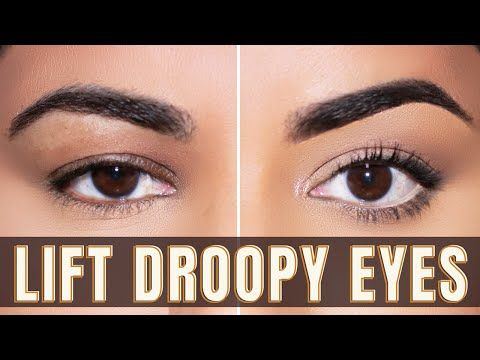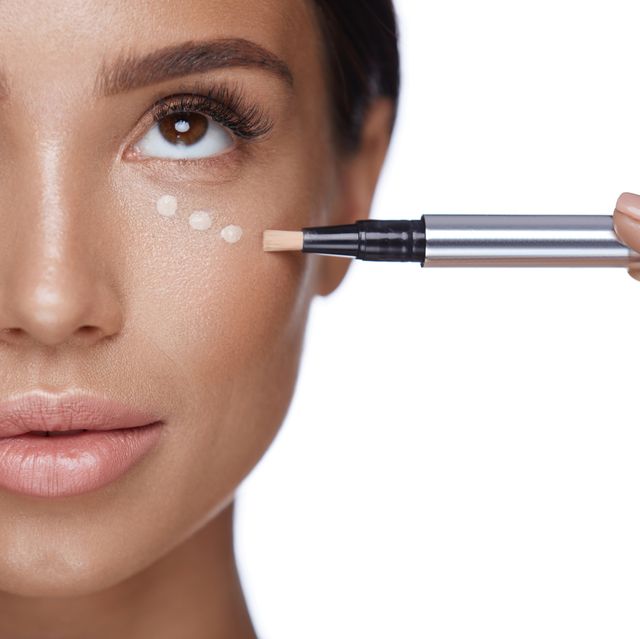
A nasolabial fold filler procedure can improve the overall appearance of your facial features. It is best performed by a cosmetic surgeon who is experienced in injecting dermal and hyaluronic acid fillers. It can also improve your cheek volume.
Dermal fillers
The common aesthetic problem of dermal nasolabial wrinkles can be corrected with dermal fillers. These injectables can be used to reduce the depth of the wrinkles. They also provide a smooth appearance. You can expect to see visible results in nine to twelve months.
The cost of dermal nasolabialfold treatment is high. Prices vary depending on what type of treatment is used and the brand. It also depends on the amount of filler that is used. It may also vary between regions, so it's important to discuss cost before getting the procedure. Consider a financing plan with you provider if your insurance does not cover the cost.
Filler with hyaluronic Acid
For the treatment of nasolabial area folds, Hyaluronic Acid dermal Filler can be used. The loss of collagen or elastin causes the formation of folds. This can also happen as a result of smoking and overexposure to the sun. This filler works by softening the lines and giving you a smoother look.

Hyaluronic Acid filler injections are a minimally invasive procedure. It involves injecting filling material into the folds. The results of the treatment will be visible in just a few weeks. They can also last up to 18 years. Hyaluronic Acid Filler Injections are safer than traditional injection techniques and more effective.
Bruising
After nasolabial fold filler injection, the patient may experience bruising. This is called the Tyndall phenomenon. It occurs when the needle in a filler injection damages nearby blood vessels and blood leaking into surrounding tissue. Although bruising may be temporary, the Tyndall affect can last several months and not require treatment. Moreover, nasolabial fold filler takes up to nine months to break down, so bruising is to be expected.
Apply a Hirudoid and Lasonil creams to reduce the intensity of bruises. These creams are available over-the-counter. They should be used gently.
Necrosis
Tissue fillers can cause necrotics of the nasolabialfold. This is a serious condition that can be fatal. There are many treatments available for this condition. One option is to use local flaps, or free grafts. These procedures are best done several months after necrosis when the surrounding tissues have stabilized and the area is not yet damaged. However, if there is non-arterial or vascular compromise, reconstructive rhinoplasty might be an option.
Although the exact cause of this problem is not known, it seems to be linked to vascular compromise. The problem could affect the nasal bridge, nasal glabella, or lateral nasal arterial, which all supply blood to this area. The problem may spread to the nasal ala, septum and ophthalmic vessels. However, the majority of the time, the vascular compromise in the nasolabial folds occurs in the columellar artery and does not involve the facial or columnellar arteries.

Permanence
The nasolabial wrinkle is a deep crease that runs along the edges of the nose from the corners. Because of its distinctive shape, this area is sometimes called the "parentheses lines". The folds form naturally in children who smile. However, if you're unhappy with the appearance of these lines and would like to improve the appearance of your facial contour, it's time to consider a permanent treatment option.
It may be possible to get a low-cost dose of dermalfiller. A doctor will assess the severity of your folds and determine the right dosage. A lower dose is often recommended if you have a history of dermal filler complications, are looking for subtle results, or have budget restrictions. If you don’t see the results that you desire, your doctor may use a lower dose to start the procedure and continue it as needed.